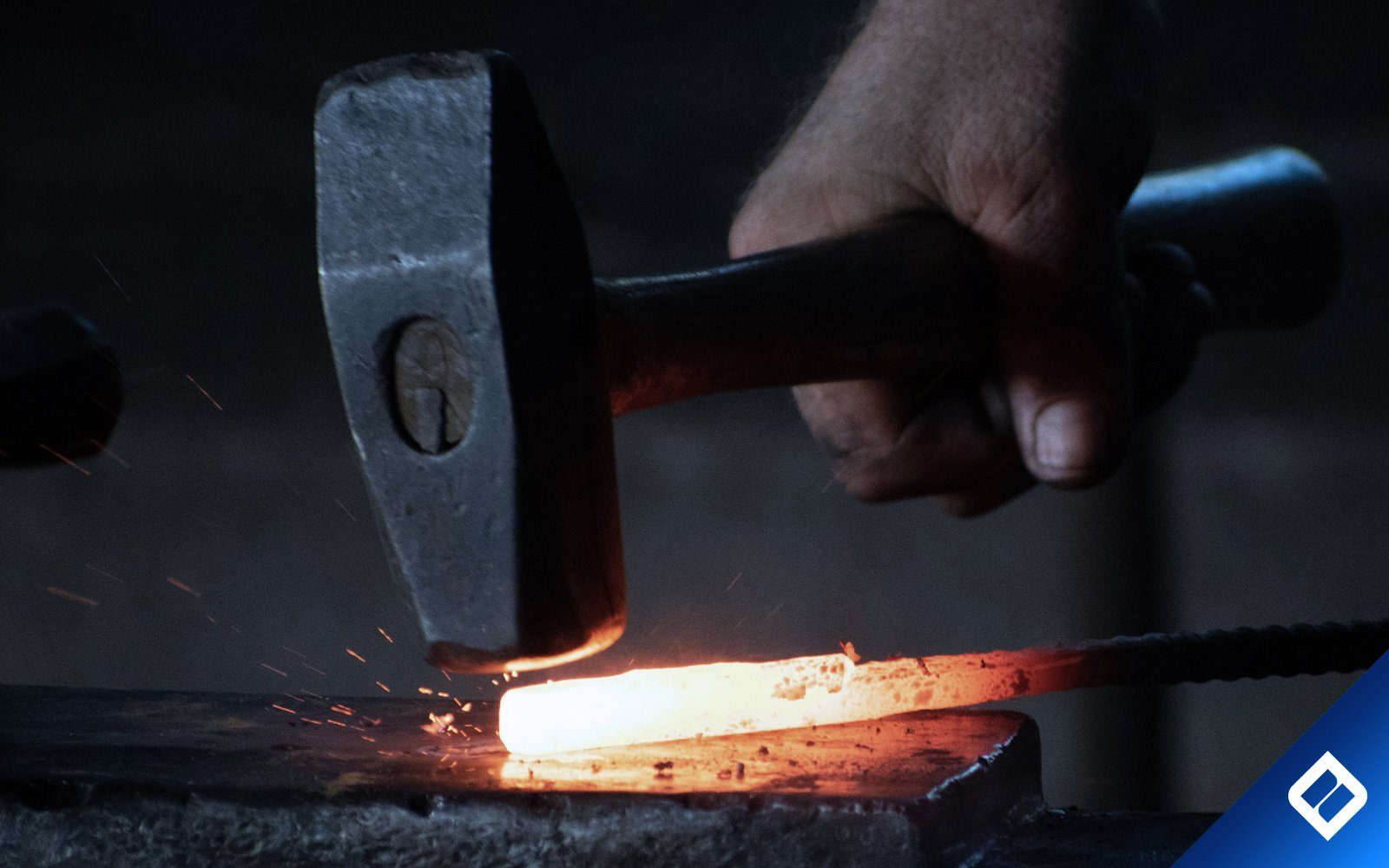Knives are made through a process that involves selecting and shaping the appropriate type of steel for the blade. Steel is an alloy, or mixture, of carbon and iron that is often enhanced with other elements such as manganese, sulphur, silicon, and phosphorus to improve certain characteristics for specific applications. These additional elements give different types of steel their unique properties. For example, steel that has been treated to be corrosion-resistant is called stainless steel and is the most commonly used type of steel for knife blades.
To create stainless steel, the steel is first melted in a furnace and then alloying elements are added to the molten steel. The mixture is poured into moulds called ingots, which are then processed in a mill to create usable shapes and sizes such as plates or coils. Knives made from steel plates are typically cut using lasers, while those made from coils are shaped using a fine blanking press.
Some important properties to consider when selecting steel for a knife blade include hardness, toughness, wear resistance, corrosion resistance, and edge retention. Hardness refers to a steel's ability to resist deforming under stress, while toughness is its ability to resist damage such as cracks or chips. Wear resistance is the steel's ability to withstand damage from both abrasive and adhesive wear, while corrosion resistance is its ability to resist deterioration due to reaction with its environment. Edge retention is a measure of how long the blade will remain sharp after periods of use.
Since no single type of steel is superior in all of these properties, knife manufacturers must carefully select the steel that offers the best combination of properties for the intended purpose of the knife. In the next blog post, we will discuss the various available steels, their properties, and which manufacturers use which materials to create high-quality knife blades.

